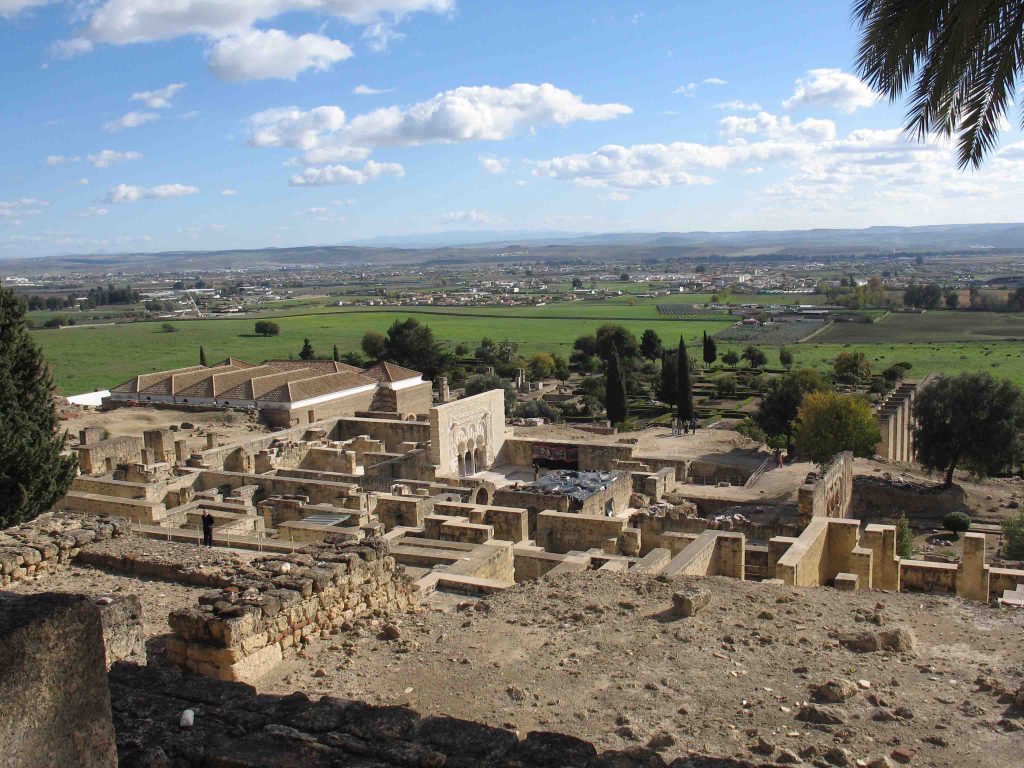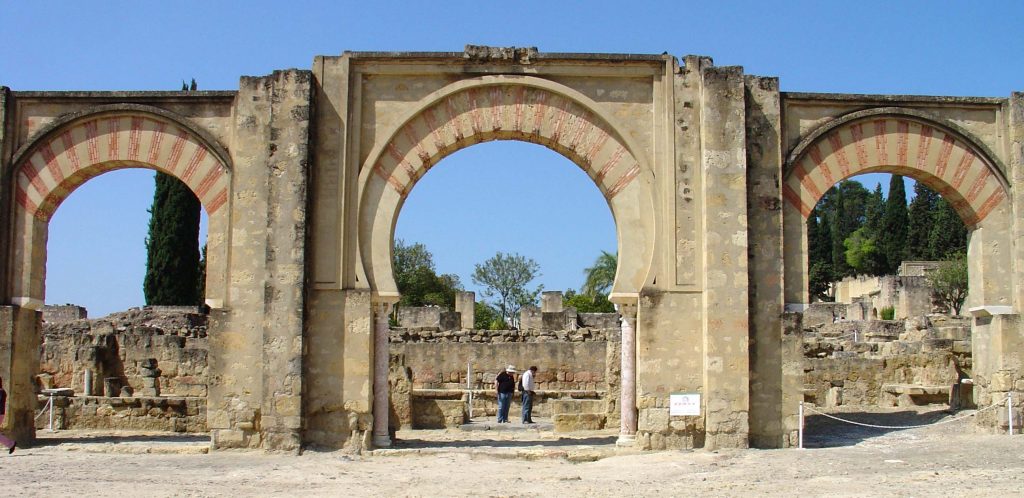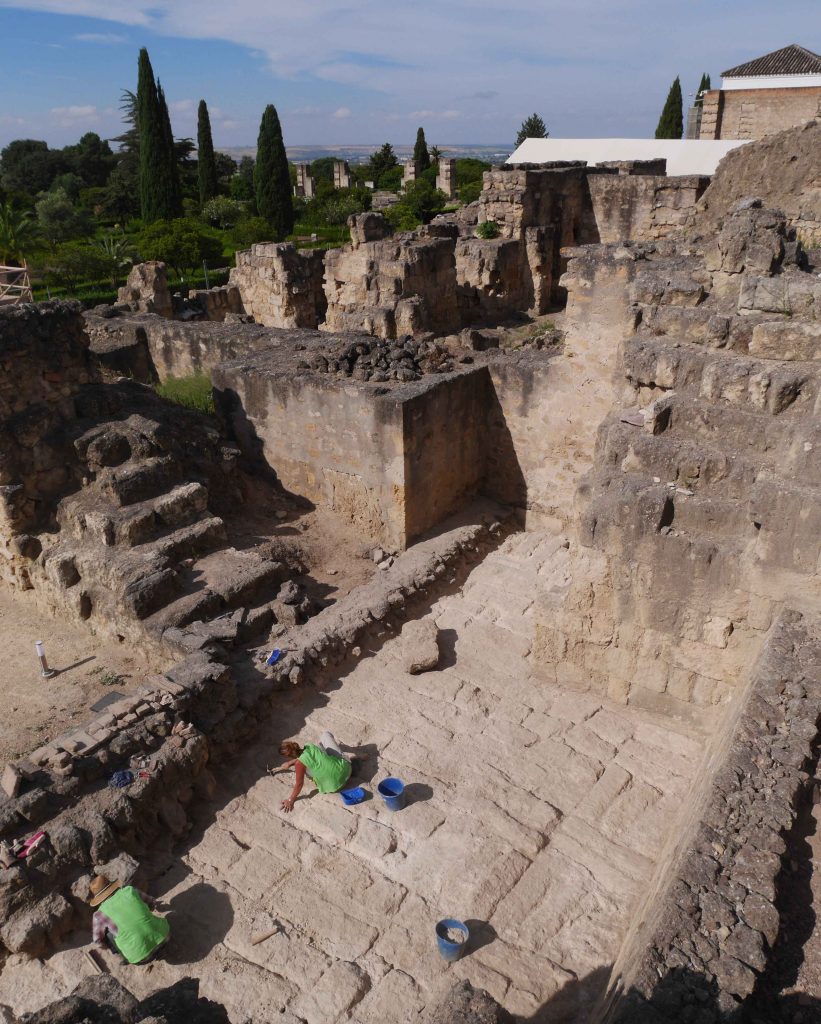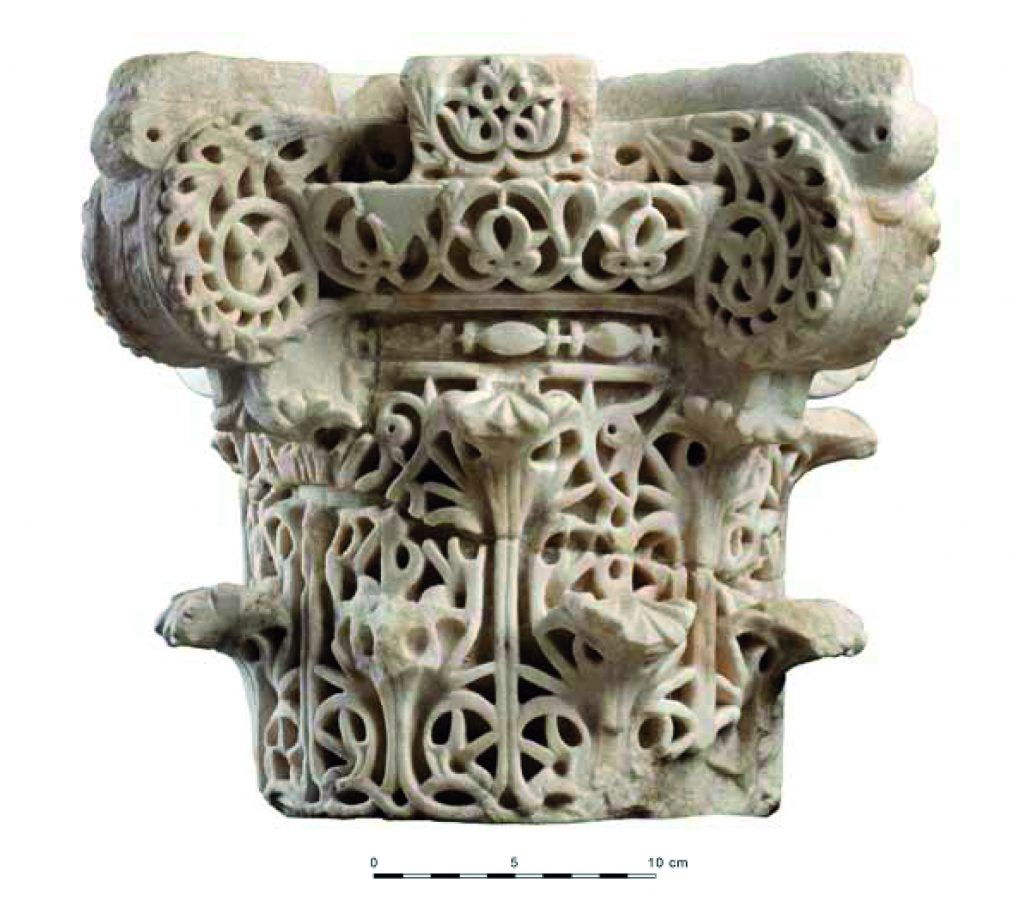In 2018, the caliph’s palace of Madinat al-Zahra near Cordoba became a UNESCO World Cultural Heritage site. Founded in 936 AD, the residence of Caliph Abd al-Rahman III is the most significant archaeological site of Islamic culture on European soil.

How sumptuous the palace once was is shown by a composite capital of white marble (c.950 AD) which was found in 1975 by Félix Hernández during excavations in the great portico of Madinat al-Zahra (Azahara). It was originally from a pavilion situated above the palace entrance gate. From this pavilion the caliph could survey the Plaza de Armas, the city’s central public square and scene of festivities as well as executions. Plaza de Armas is currently the subject of a DAI Madrid research project.

The great portico of Madinat al Zahra, on the west side of Plaza de Armas (Photo: F. Arnold, DAI Madrid) 
Excavation work in 2018 (Photo: DAI Madrid) 
Composite capital of white marble (Photo: DAI Madrid)